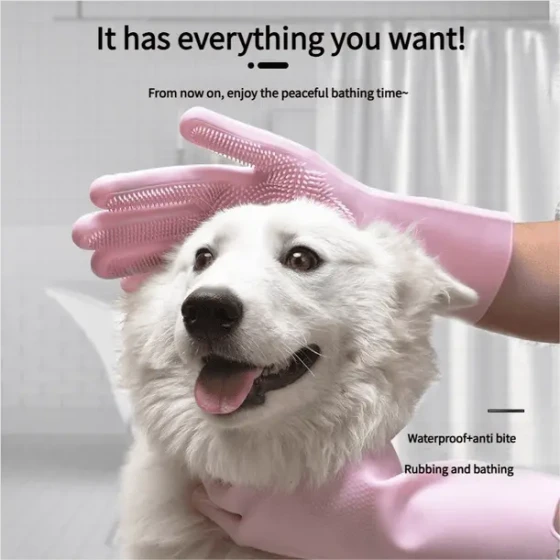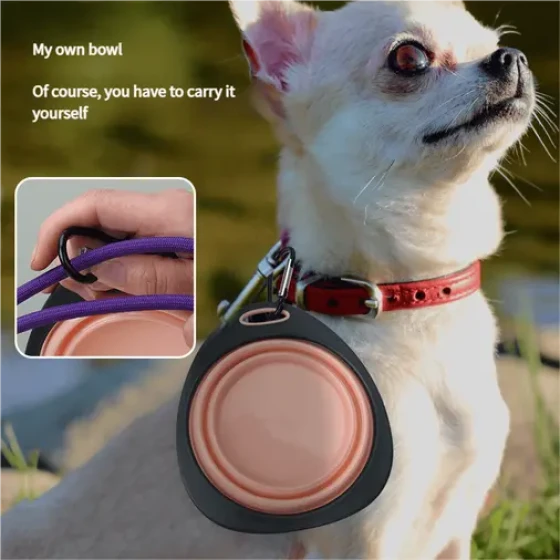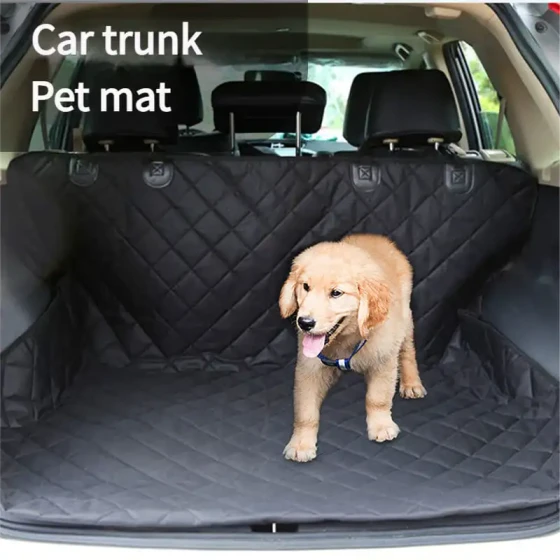How to Train German Shepherds, Big German Shepherd Dogs Are Generally Trained Like This
Dog training is best started from puppyhood, after all, “You see the adult at three years old, you see the elder at seven,” which also applies to dogs. Good living habits formed in the early stage will directly affect the dog’s condition in adulthood. So, do you know how to correctly train a German Shepherd?
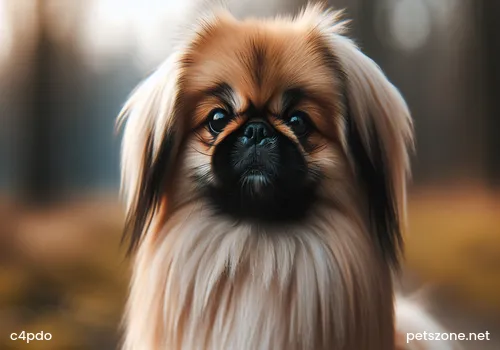
First, it is important to understand that dogs at different growth stages require different training methods.
① The first step is to give the dog a catchy and affectionate name.
② Feed the dog daily with your presence, while also engaging in some verbal or physical interaction. Over time, this will help build a close bond between the two and let the dog develop trust in its owner.
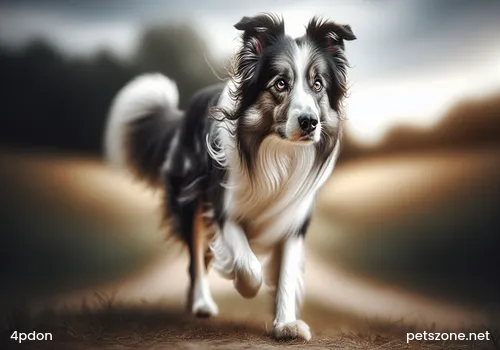
③ During feeding, training, and playtime, frequently call the dog’s name. Let the dog become familiar with the name and develop the habit of responding whenever it hears this sound. Make sure training commands are one command per action. Once a command is set, do not change it. When giving commands, the speech should be clear and decisive. Training plans can be adjusted according to the dog’s acceptance ability. Frequent training helps the dog quickly form memories and also allows it to respond to whistle commands to complete actions.
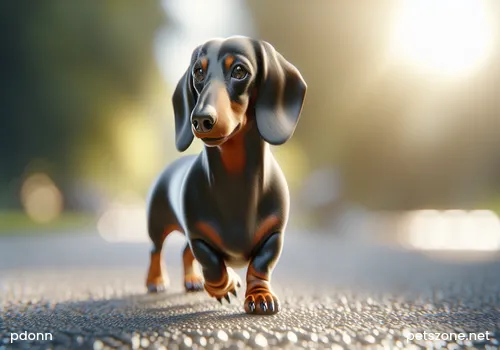
④ Lead the dog to get to know the surrounding environment. Although dogs don’t understand human life rules innately, they can learn and gradually understand various human behaviors. For example, when choosing a place to eliminate, dogs do not know the difference between carpet and lawn; to them, it’s all the same. Therefore, owners need to guide them patiently and methodically to choose the best place for elimination.
⑤ Prepare a suitable size dog crate. Like humans, dogs don’t like to eliminate where they eat or sleep. If you don’t help them designate an area, they will choose a preferred spot randomly to relieve themselves. Training dogs to get used to a crate can help them learn to control their bladder effectively. A designated crate also provides a sense of security to the dog.

